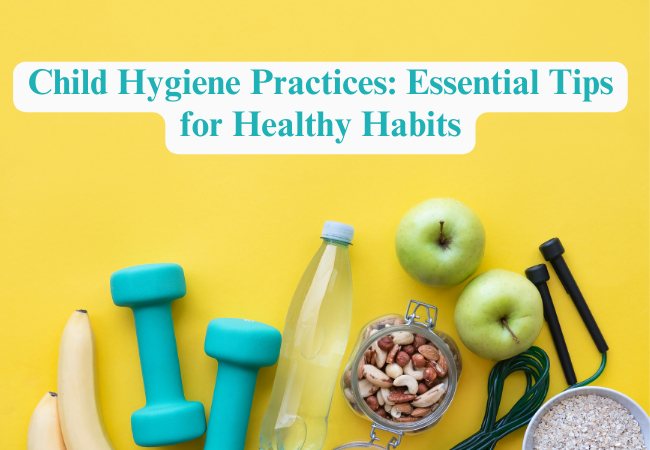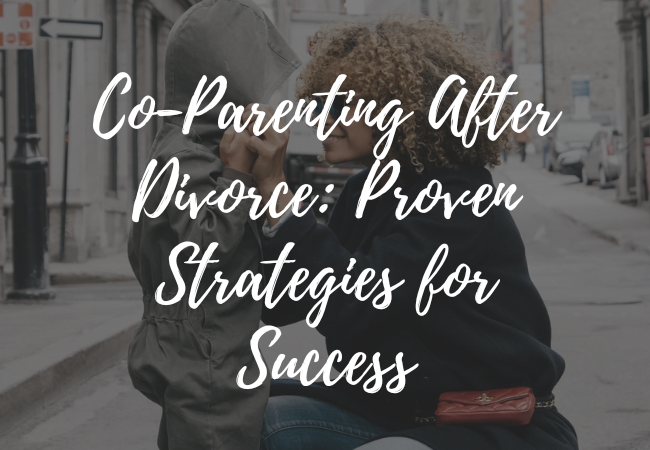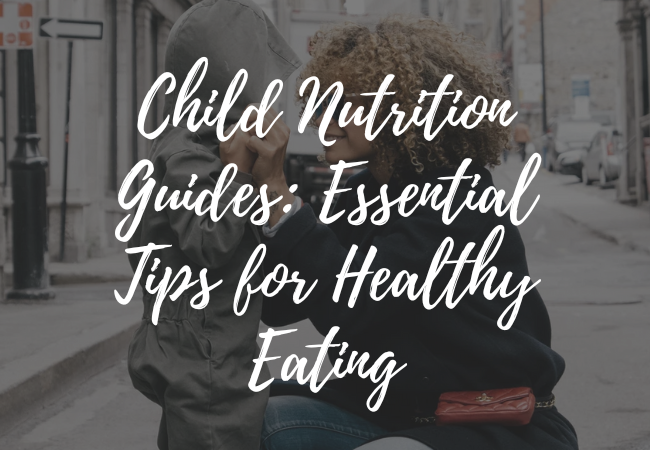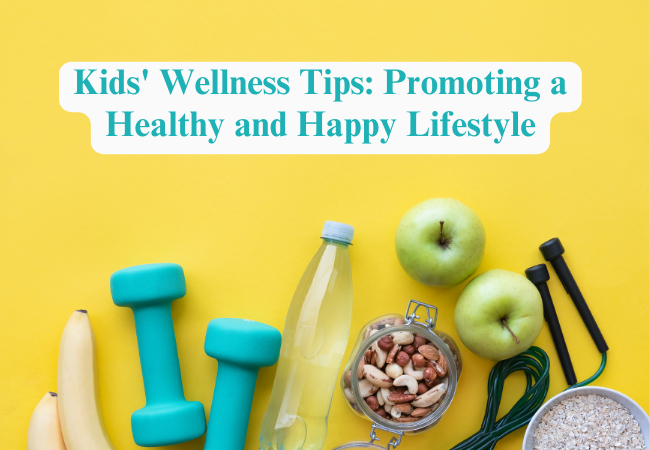Child Hygiene Practices: Essential Tips for Healthy Habits
Explore essential child hygiene practices to promote healthy habits. Learn tips for maintaining good hygiene, preventing illness, and ensuring your child’s overall well-being.
Good hygiene habits are crucial for children’s health and well-being. Teaching these practices early can help prevent illness and promote lifelong healthy behaviors. In this guide, we’ll explore essential child hygiene practices and provide tips to make them fun and engaging for kids.
Why Child Hygiene Matters

Before we dive into specific practices, let’s understand why child hygiene is so important:
- Prevents the spread of germs and illness
- Promotes overall health and well-being
- Builds self-esteem and confidence
- Establishes lifelong healthy habits
- Teaches responsibility and self-care
Now, let’s look at key hygiene practices for children and how to encourage them.
1. Handwashing: The First Line of Defense
Proper handwashing is one of the most effective ways to prevent the spread of germs.
Tips for Teaching Handwashing:
- Make it fun: Sing a song or play a game while washing hands
- Use visual aids: Create a colorful chart showing handwashing steps
- Lead by example: Wash your hands with your child
- Explain when to wash: Before meals, after using the bathroom, after playing outside, etc.
Proper Handwashing Technique:
- Wet hands with clean water
- Apply soap and lather for at least 20 seconds
- Scrub all surfaces, including between fingers and under nails
- Rinse thoroughly
- Dry with a clean towel or air dry
2. Oral Hygiene: Keeping Smiles Bright
Good oral hygiene prevents tooth decay and gum disease.
Tips for Promoting Oral Hygiene:
- Start early: Begin cleaning gums before teeth appear
- Make it routine: Brush twice daily, morning and night
- Use child-friendly tools: Choose toothbrushes with soft bristles and fun designs
- Supervise brushing: Help your child brush until they can do it effectively on their own (usually around age 7-8)
- Visit the dentist regularly: Schedule check-ups every 6 months
Proper Brushing Technique:
- Use a pea-sized amount of fluoride toothpaste
- Brush at a 45-degree angle to the gums
- Use gentle, circular motions
- Brush all surfaces of each tooth
- Don’t forget to brush the tongue
3. Bathing: Keeping Clean from Head to Toe
Regular bathing keeps skin healthy and prevents body odor.
Tips for Making Bath Time Fun:
- Use bath toys to make it enjoyable
- Let your child help choose bath products
- Turn it into a learning opportunity: Teach body part names during bath time
- Establish a consistent routine
Bathing Basics:
- Use warm (not hot) water
- Wash from top to bottom
- Pay special attention to face, neck, underarms, and private areas
- Rinse thoroughly
- Pat dry with a clean towel
4. Nail Care: Trimming Away Trouble
Clean, trimmed nails prevent the spread of germs and reduce the risk of scratches.
Tips for Nail Care:
- Trim nails regularly, at least once a week
- Use child-safe nail clippers
- Trim after bathing when nails are softer
- Make it a bonding time: Use this opportunity to chat and connect with your child
5. Hair Care: Keeping Locks Lovely
Proper hair care prevents scalp issues and keeps hair clean and manageable.
Tips for Hair Care:
- Wash hair 2-3 times a week, or as needed based on hair type
- Use a gentle, child-friendly shampoo
- Teach proper shampooing technique: Focus on the scalp, not just the hair
- Brush or comb hair daily to prevent tangles
6. Clothing Hygiene: Fresh and Clean
Wearing clean clothes helps prevent skin irritations and body odor.
Tips for Clothing Hygiene:
- Change into clean clothes daily
- Teach children to recognize when clothes are dirty
- Encourage changing out of wet or sweaty clothes promptly
- Show older children how to sort and do laundry
7. Tissue Use and Cough Etiquette
Proper tissue use and cough etiquette help prevent the spread of germs.
Tips for Teaching Proper Etiquette:
- Demonstrate how to use tissues for sneezing and blowing noses
- Teach children to cough or sneeze into their elbow if a tissue isn’t available
- Encourage immediate handwashing after using tissues
- Explain the importance of not sharing personal items like water bottles or utensils
Making Hygiene Fun and Engaging
Consistency is key when teaching hygiene habits. Here are some ways to make it more enjoyable:
- Use sticker charts or reward systems for completing hygiene tasks
- Create hygiene-themed games or challenges
- Read books about hygiene and health
- Use technology: Try hygiene-related apps or videos
- Let children choose their own hygiene products (within reason)
Conclusion
Teaching good hygiene practices to children is an investment in their long-term health and well-being. By making these habits fun and engaging, you can help your child develop a positive attitude towards personal care that will last a lifetime. Remember, every child is different, so be patient and adjust your approach as needed. With consistency and positive reinforcement, your child will be on their way to mastering these essential hygiene habits.
Learn more about children’s health and hygiene
Discover fun handwashing activities for kids
Remember, good hygiene habits start at home. By setting a positive example and making hygiene practices a regular part of your child’s routine, you’re giving them the tools they need for a healthy future.
For more information and guide, visit usaparentingtips.com






